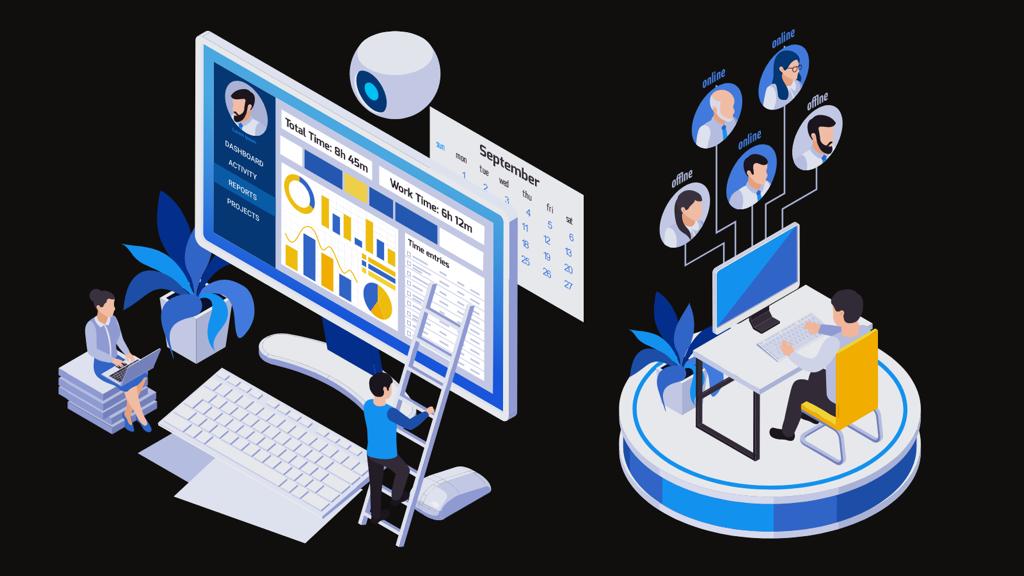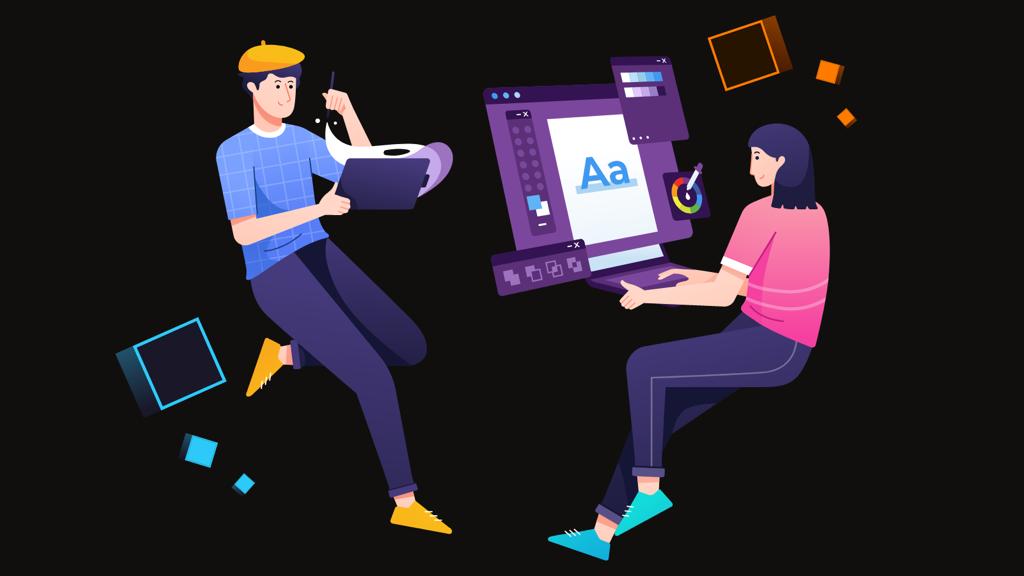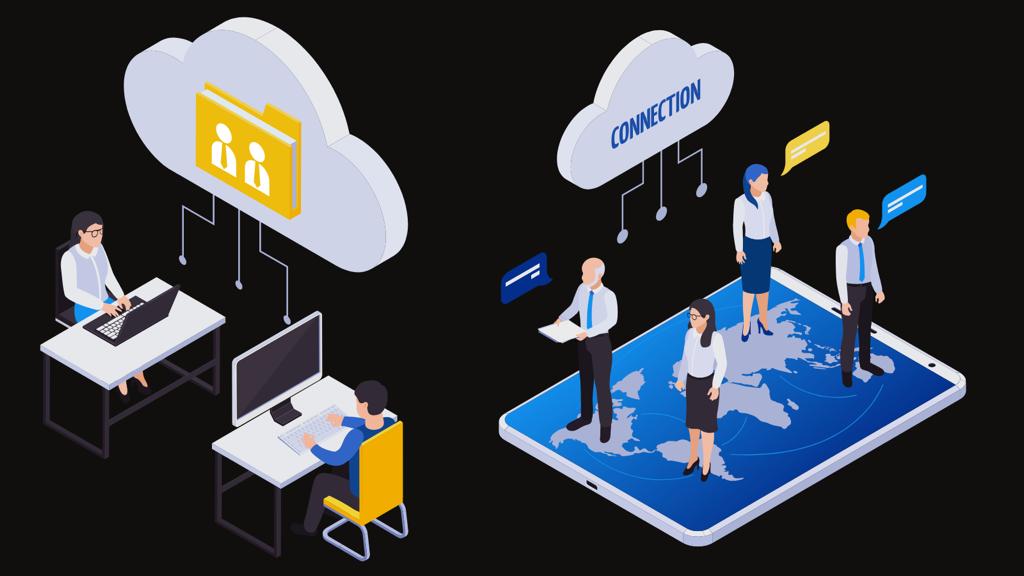
Introduction
The demand for immersive encounters is rising across almost all sectors of the economy. The extended reality (XR) market is currently expanding at an astounding CAGR of 48.3% as creative businesses continue to realise the advantages of distinctive, virtual environments. In recent years, use cases for XR that are more business-oriented have started to surface. These days, we consider augmented reality, virtual reality, and mixed reality to be more than just amusement. These special instruments can also foster collaboration, encourage creativity, improve training, and open up new business opportunities. It’s challenging to predict with certainty what the future of XR might hold in a market that is evolving so quickly. However, there are a few significant patterns that are starting to emerge in the sector.
Virtual reality (VR), augmented reality (AR), and mixed reality is collectively referred to as “extended reality,” or “XR” (MR). It sounds like a tool called “Immersive Stream for XR” would let users stream immersive material to XR devices. It’s not surprising that Google would provide a tool like this for their cloud customers since it is a significant player in the tech sector and provides a variety of cloud services to users. Tools like these can help content creators and businesses capitalise on the rising trend of immersive content, which is becoming more and more popular as XR technology advances. If Google does indeed declare the release of this tool, I advise looking up more information about the tool’s features and availability from reputable news sources.
1. What is the XR tool for the cloud?
“XR tool for the cloud” could refer to different tools or services that enable users to create, manage, or stream XR content using cloud computing resources. Without the need for on-premises hardware, cloud computing enables users to utilise computing resources such as processing power and storage over the internet. Services that stream XR content to users’ devices over the cloud eliminate the need to acquire or set up bulky files and instead let users stream high-quality XR content directly to their devices.
This can be especially helpful for streaming XR content to mobile devices with limited storage capacity. As a leading company in cloud computing and XR technology, Google has introduced several tools and services that let users manage and produce XR content in the cloud. For instance, Google’s ARCore and Google VR platforms offer tools for developers to create AR and VR applications, and Google’s Cloud Anchors service enables developers to build shared AR experiences that can be viewed from various devices.
2. Key attributes
- Support for a range of devices natively
- Support for both portrait and landscape orientations on PC, tablet, and mobile devices. support for iFrames-based experience embedding in external webpages.
- Simple integration of the customer path
- Ability to host a singular URL or QR code that works for almost any device. Touch gestures and device movement are two ways that users can engage with encounters.
- Powerful GPUs located in the cloud
- Cloud-based GPUs instantly provide the optimal computing capacity to render AR and 3D experiences.

3. Use of immersive stream for XR tool
1. Virtual Identities, Lives, and Avatars
As we spend more of our time working and interacting online, discussions about “digital identity” have accelerated over the last few years. Our “digital identities”—which affect how we interact with others and show ourselves in the virtual world—are taking on equal weight to our physical identities. As a result, XR pioneers are starting to consider fresh approaches to assisting individuals in “recreating” themselves in the virtual world.
Intelligent tools are already being used by pioneers like Microsoft and Meta to assist users in creating photorealistic avatars that they can use in virtual worlds with VR headsets. These avatars might be essential in enabling more human experiences centred around a feeling of shared presence in a digital environment.
The need for increasingly lifelike virtualizations will increase as more residences, workspaces, and other experiences are created in the upcoming “metaverse”. One day, seeing an avatar image of ourselves might be as natural as seeing ourselves in a mirror.
2. XR Technology and Blockchain
A world investigating the future of ideas like the “metaverse” for decentralised digital interactions is also giving more attention to ideas like the blockchain. Even though only a few large technology companies have started to invest in this market, interest is increasing. Blockchain technologies will make it possible for businesses to create more secure and decentralised environments for handling XR assets in the upcoming metaverse. For the security and safety of supplies, this might be essential.
In a future XR world, the blockchain might also be a potent instrument for monitoring and policing the metaverse. Blockchain-based solutions make it possible to continuously monitor the activities of various users as well as the flow of data. Businesses like Tencent have already started to make significant investments in new blockchain projects with an emphasis on the metaverse and the developing NFT economy. Likewise, ideas like “blockchain as a service” are becoming more popular.
3. Mixed reality and teleportation
Although Mixed Reality, or “MR,” is already a key element of the XR environment, it is one of the landscape’s least-developed features. There are still some individuals who are unable to distinguish between augmented reality and blended reality. After all, the goals of both solutions are to engage and delight users by fusing the physical and digital realms. Mixed reality, on the other hand, can open up countless new virtual experiences.
MR should be able to continue developing in the years to come thanks to other new technological breakthroughs like IoT, AI, and even 5G communication. A future in “Mixed Reality” where people will be able to effectively teleport virtual versions of themselves into real-world situations in real-time is already being imagined by some businesses.
The fundamental components of this technology have already been seen in action by media and entertainment businesses testing holographic representations of artists. It might even be feasible for a holographic employee to interact with a device thousands of miles away and modify how it functions through IoT and AI-based connections.
4. Cloud and Edge Computing
Companies require more than just the appropriate wearables and software to open the door to a new future of XR creation. Additionally, they must be able to take advantage of the best relationships. Due to bandwidth and communication restrictions, XR has in the past had difficulty providing fully immersive experiences. We’ll need computing systems that can handle the burden as we move closer to a time when realistic imagery for XR is more crucial.
Thankfully, edge and cloud-based computing options are becoming more and more viable as a possible fix for this issue. Some XR manufacturers have started to roll out their cloud computing infrastructure for businesses to use to streamline and simplify data transmission. The broader adoption of more cutting-edge mobile connections will also improve edge computing solutions for XR technology.
Larger data sets could be transmitted more quickly to and from XR devices thanks to 5G technology. This might make immersive worlds more seamless and effective as a whole.
5. Evolving XR Software
We’re witnessing an increase in new software solutions made to aid developers in creating the ultimate XR encounters as XR continues to show its capacity to enhance various workflows and experiences. Companies have started to roll out intelligent low-code and no-code platforms in the past couple of years, allowing specialists to create immersive environments from scratch with almost no previous experience. New solutions are also emerging at the same time for business professionals. Developers are increasingly using RT3D engines to make realistic and engaging assets for use in virtual worlds.
To add more realistic shapes and content assets to the virtual world, businesses are starting to use tools like photogrammetry. With the aid of this technology, it is simpler to convey the specifics of real-world ideas in a simulated environment. These evolving software solutions will probably pave the way for a much more quickly changing XR environment as we move into the metaverse era.

Conclusion
XR also has some drawbacks and restrictions. For instance, the cost of producing high-quality XR experiences can be prohibitive, and the technology itself can be cumbersome and uncomfortable to use. Additionally, there are worries regarding the possible social and psychological effects of prolonged immersion in virtual worlds.
Overall, XR is a hopeful technology that could revolutionise a variety of businesses and activities. It will be fascinating to see how technology shapes our digital encounters and experiences in the years to come as it develops and becomes more widely available. This trend is continuing unabated like WLC. Look beautiful further if you want to go where the opportunities are.
If you found this blog post informative, we encourage you to continue exploring the exciting worlds of technology. CLICK HERE to connect with like-minded individuals through comments and dive deeper into the latest developments in these fields like tech trends, mass layoff wave, ChatGPT, etc…





